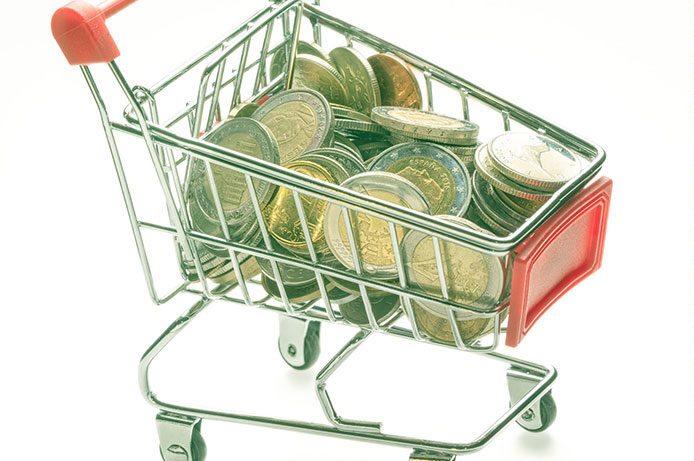
Friday was another quiet session in the markets – is this the part in the Jaws’ films before the inevitable happens? US equities started strongly but slipped throughout the trading sessions. In Europe, there was more of a risk on sentiment and most equity bourses managed to finish in the green.
The sour US session appears to have been driven by investors once again focussing on the additional COVID-19 outbreaks in the US and in other countries. On Sunday, the WHO reported 183,000 new cases in the latest 24 hours, the largest single-day increase. Brazil had the highest with 54,771 cases, the US next at 36,617, and India had over 15,400.
In Australia, Victoria has seen a ‘surge’ of new cases, with 19 reported on Sunday, taking the total to 160 over the past week. While most of the world would more than happily trade places with Victoria, that surge has led to a delay in some of the expected lockdown measures that were due to be eased. That spike in cases and now the potential for a more uncertain economic path lead to some slight weakness in the Aussie dollar.
However, these episodes highlight the incredibly tricky balance act that governments will bump up against time and time again as they attempt to reopen their respective economy. On top of this, there are the economic impacts of these decisions.
There were a couple of pieces of research that the great FT Alphaville website highlighted on inflation. This is a topic that I have plenty of interest in; my view is that inflation is MIA and these two articles challenged the current inflation data and hence cause me to have pause for thought. They argue that the basket of goods used during the COVID-19 pandemic is not representative of the revised spending habits of consumers.
In the US, Harvard economist Alberto Cavallo, a co-founder of the Billion Prices Project, attempted to better estimate the basket of goods to produce a more accurate inflation figure. Cavallo stated, “The share of products with missing prices in the US CPI rose from 14% in April 2019 to 34% in April 2020. In part, this reflects the challenges of collecting data during this period… …Still, some prices are likely missing due to stock-outs that resulted from the surge in panic-buying and supply disruptions caused by the Pandemic. As Diewert and Fox (2020) note, the out-of-stock products are likely to have higher market-clearing prices than those for continuing goods, potentially introducing an additional downward bias on the CPI that reinforces the results in my paper.”
This was an interesting point, “The Pandemic is also likely to introduce an outlet bias, as a large share of total spending moves online. In Cavallo (2017), I showed that multichannel retailers tend to have identical prices offline and online, so the products bought in this type of retailer (often under the “pick up in store” modality) are not likely affected. However, the use of online delivery platforms, such as Instacart and Shipt in the US, has soared during the Pandemic. Most retailers in these platforms tend to have higher prices than in their physical stores. If this is not accounted for in the data collection methodology used by the NSO, the change in spending outlets could cause another downward bias in the CPI.”
Cavallo calculated CPI to be closer to 1.0% versus the ‘official’ measure of about 0.5%.
In the UK, the National Institute of Economic Research (NIESR) did something similar and got similar results: “Using the Lockdown expenditure weights, the CPILW for May is 1.1%, a higher figure than CPIH 0.7%. The main reason for the difference is that the CPIH keeps many expenditure weights such as clothing and footwear at pre-Covid levels and these items have on average declined by more. The inclusion of these prices, despite the fact that people are not spending as much as usual, means that CPIH understates inflation.”
So does it change my view? Not really. Even using adjusted COVID-19 inflation, it is still low and well-below Central Bank target rates. In addition, the trend has been that it has been falling too. I still can’t imagine a world that Central Banks are hiking rates to tame the inflation genie.
On Friday, US equities closed down 0.0-0.8%. European bourses closed up 0.3-1.1%, apart from Sweden that was down 0.1%.
UST 10yr yields closed at 0.69% (-1bp). ACGB 10yr yields closed at 0.85% (-2bp). The Aussie dollar was 0.2c lower at USD68.3c.
Credit was split by the Atlantic divide: US IG closed at 78 (+3) and HY was at 501 (+19). In European credit, IG closed at 66 (-1) and XO was at 381 (-2). Aussie iTRAXX was at 87 (unch.).
Elsewhere, oil was up 1.6-2.3%. Iron ore was unchanged.
Tin hats on!





























